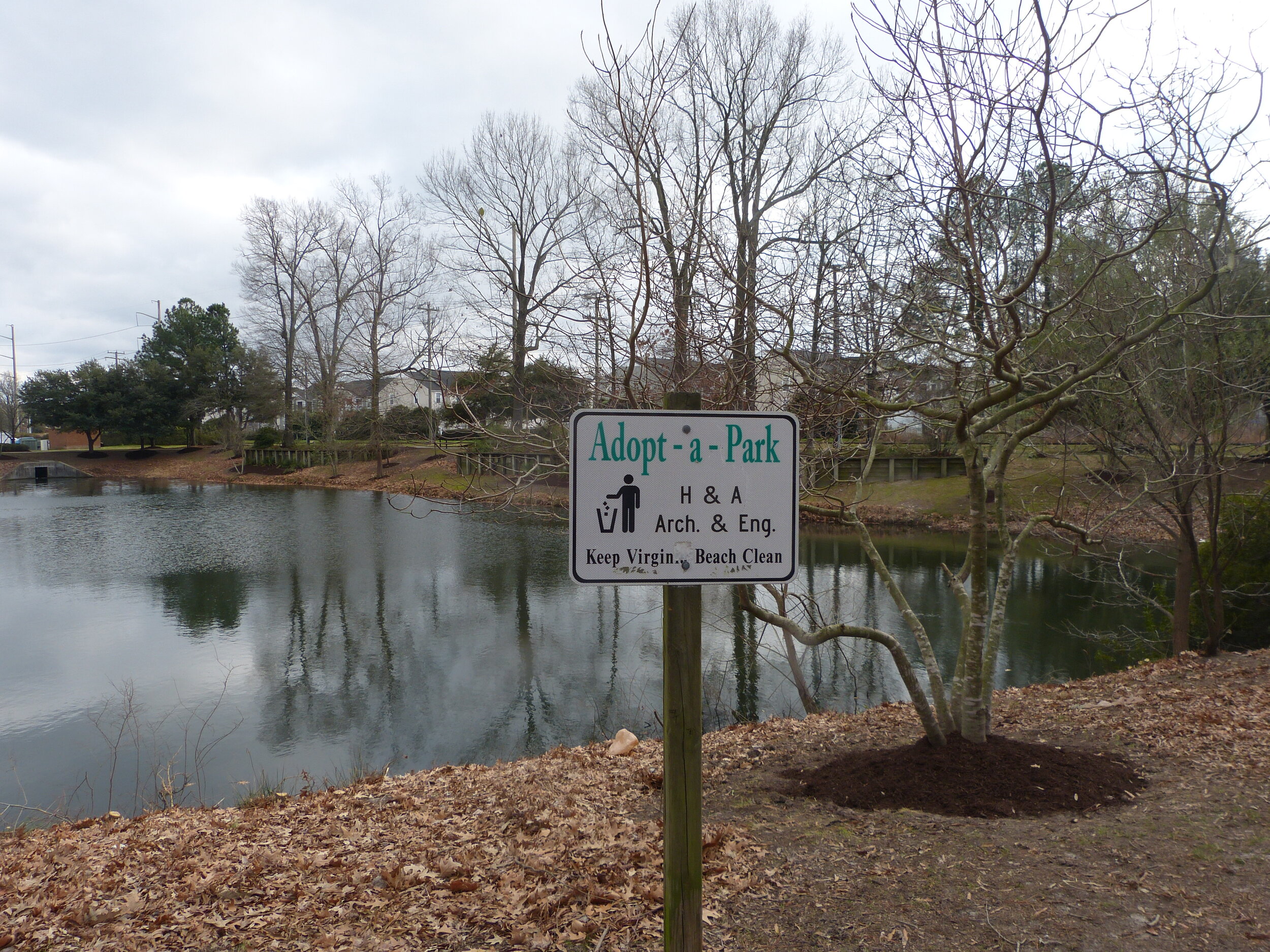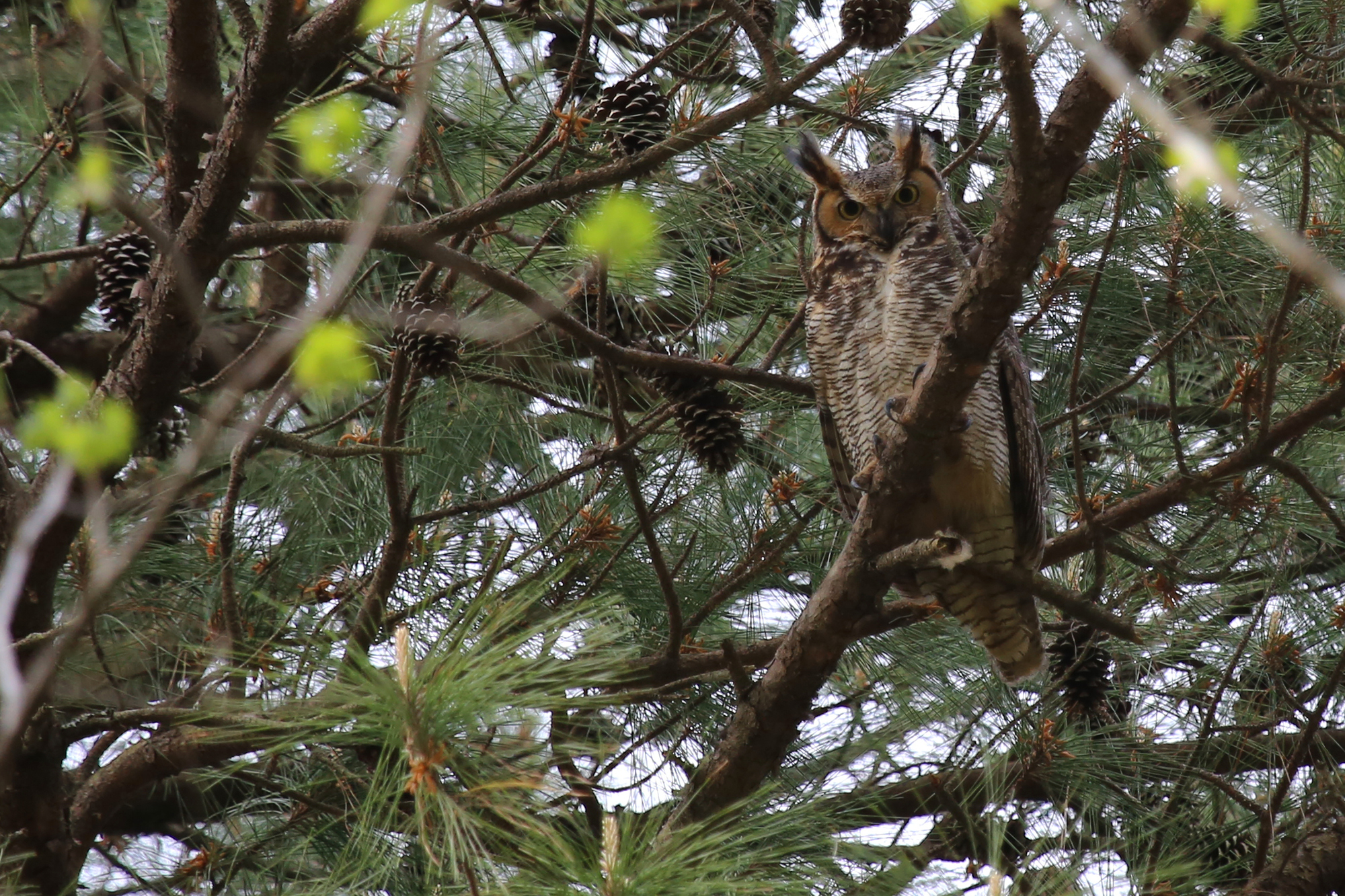After the excitement of spring migration winds down in late May, June and July tend to be slower months for birding the park. Most species have quieted down considerably since each is likely to be nesting already, and trying to avoid unwanted attention by would-be predators. However, a birder walking along the forest loop trails is still likely to enjoy some singing Wood Thrushes, Red-eyed Vireos, Summer Tanagers, Ovenbirds, Prothonotary Warblers, and Acadian Flycatchers. Though, it is worth mentioning that the freshwater marshes provide excellent breeding grounds for more than birds, and during the heat of summer, biting flies and mosquitoes can be quite ravenous along these trails, so be sure to come prepared. The entrance causeway will afford opportunities to view Blue-gray Gnatcatchers, as well as other common breeders like Northern Cardinals, but the species to truly watch for here is Anhinga. A likely breeder around the lake, summer is as good a time as any to watch for these species, where they’ll often perch in the nearby cypress trees, or on logs to fan out & dry off their wings. Not to be confused with the large numbers of Double-crested Comorants that summer here, the Anhingas will show a more snake-like neck, a very long, narrow bill, and males show vivid white patches on the back of the wings.
Fall & early Winter (Aug-Nov & Dec) Opportunities
The fall migration season tends to be more protracted than the spring migration season. This is due, in part, to different age classes and sexes of species departing towards their wintering destinations at different intervals. The passage of cold fronts, bringing northwest winds behind them, typically assists these southbound species with the necessary tailwinds to sustain long-distance, overnight flight. So, the timing of the weather also has a wide-reaching effect on the overall timing of species arrival. That said, the best days of fall migration can yield excitement near the level of spring, however, on an average day typically there will be less to see since during fall, migrants tends to favor coastal scrub and denser vegetation than in springtime. The open, mixed deciduous/pine forests of the park cannot quite compete with other locations in the city like Back Bay National Wildlife Refuge and Little Island Park, so less is simply known about fall migration here due to less focused effort by birders. Another major difference between spring & fall migration here is that most species have stopped vocalizing altogether, which makes the forested loop trails a considerable challenge for finding birds among the canopy. For those who do opt to visit the park during fall migration, this simply puts extra emphasis on birding the parking lot and edges of the forest where birds will be more visible, as well the entrance causeway and kayak launch areas. The first several hours of daylight are key during fall, before migrants settle down for a day of rest before likely heading southbound again as the sunlight wanes.
While passerines aren’t the true focus here in fall, after several months without waterfowl being present (aside from the resident Canada Geese, Wood Ducks and Mallards that is), September and October bring excitement in the form of their return. By November, good numbers of individuals and diversity of species can again be found along the entrance causeway on the lake. Forest dwelling passerines have also begun to arrive in September, and the same species mentioned in the Jan/Dec portion of this writeup (Brown Creeper, Winter Wren, Golden-crowned & Ruby-crowned Kinglet, Hermit Thrush, Fox Sparrow & White-throated Sparrow) are all likely to be observed again. The birds it seems, have truly come full circle as the calendar year runs out.
Noteworthy Observations
While there have been some highly interesting records to come out of Stumpy Lake over the years, one recent occurrence stands out among the rest. From 4 Dec 2017 through 1 Jan 2018, an immature Black-legged Kittiwake (a “tarrock”) was found (ph. Jonathan Snyder) near the fishing pier area and subsequently observed in flight at various locations around the lake. Highly unusual away from the open ocean, this is one of very few on-shore records for the species in Virginia. This individual exhibited an unusual growth below its lower mandible, and this is presumed to be the reason for its occurrence around this inland, freshwater body of water. However, due to blizzard conditions on 3-4 Jan 2018, it is unknown what the ultimate fate of this individual was, since no observations occurred beyond this point.
As noted above, there have been near-annual observations recorded for Anhinga at the park, and on 18 May 2019 the species (though long suspected) was confirmed as a breeder for the second Virginia Breeding Bird Atlas (ph. Betty Sue Cohen), marking only the second county in the state as a whole, to produce a confirmation to the project.
—Rob Bielawski, Virginia Beach
































